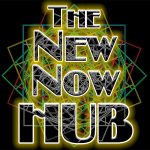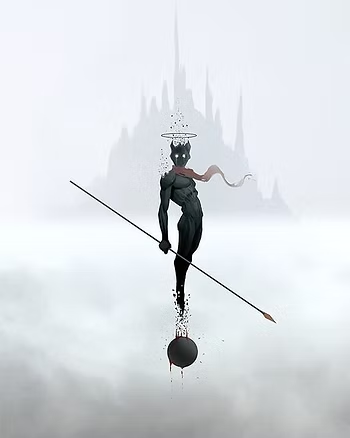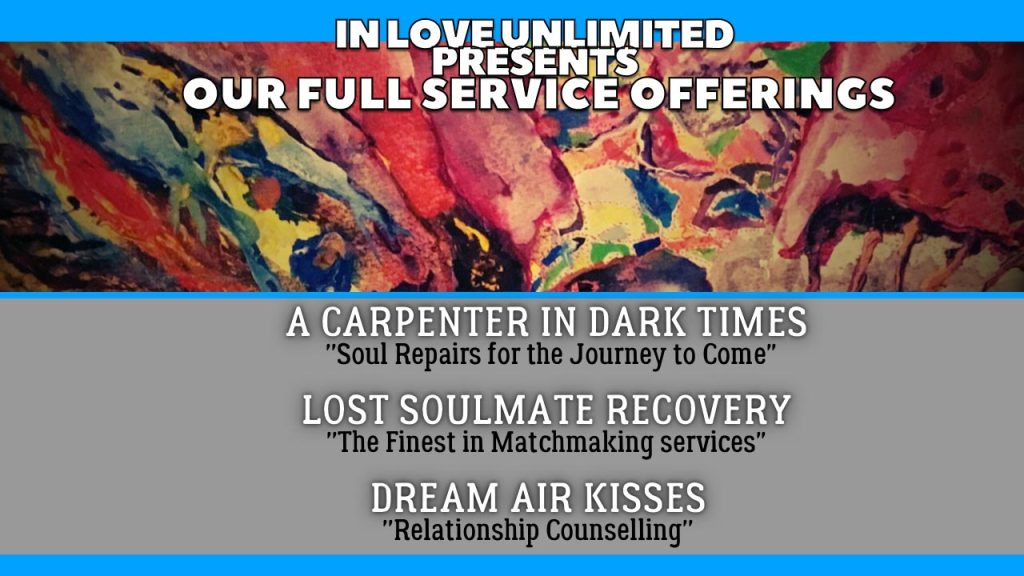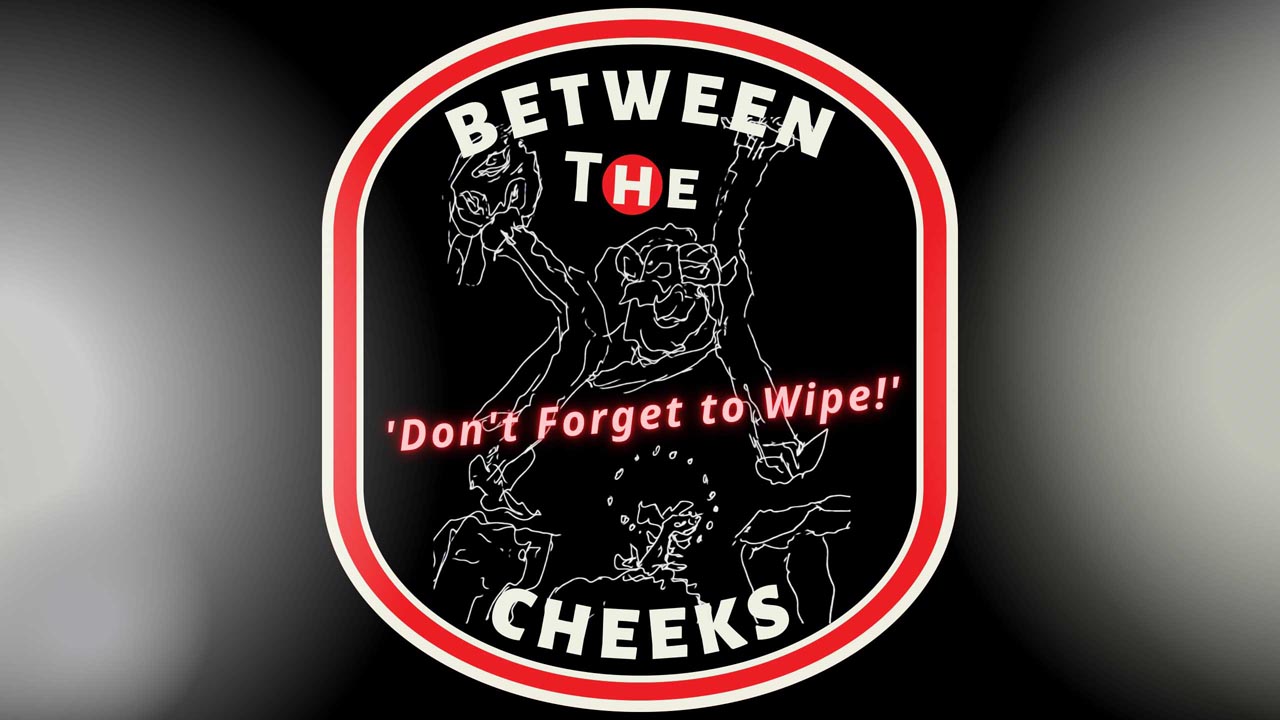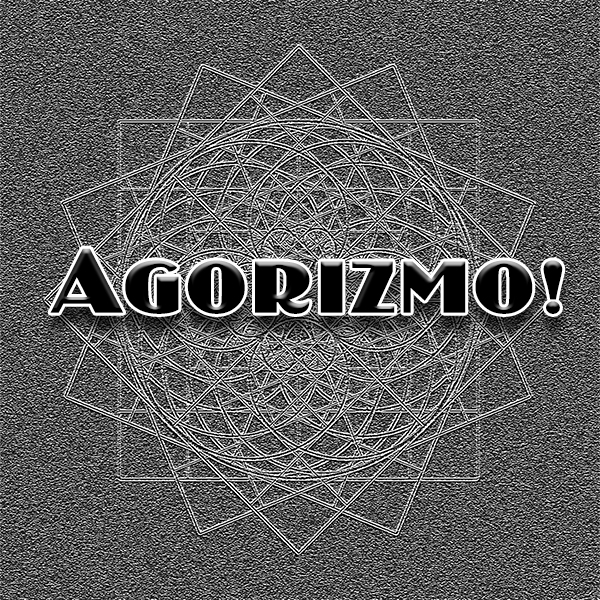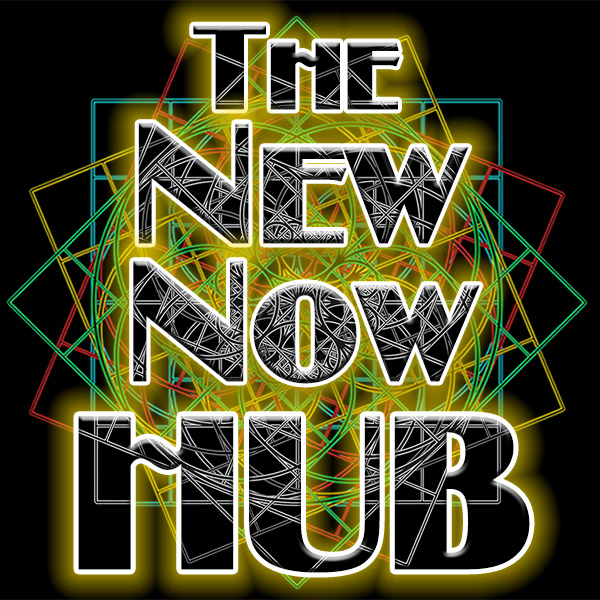Behold the Overshadow:
Shadow of the Overman
“It is not society that is to guide and save the creative hero, but precisely the reverse. And so every one of us shares the supreme ordeal––carries the cross of the redeemer––not in the bright moments of his tribe’s great victories, but in the silences of his personal despair.” ~ Joseph Campbell
The Self is masks all the way down perceiving delusions all the way up. It’s layers of archetypal sub-selves all the way down perceiving multilayered delusions all the way up. Stop for a moment and wrap your head around that notion…
We are fallible beings perceiving an infinite reality using finite faculties. How could the Self not be a shattered mirror? Each shard with its own unique perspective. Each shard with its own fascinating contradiction. Each shard an aspect of a greater whole of which it is only somewhat aware.
The shadow is one of these shards. It’s a blackened shard broken off from the whole in a way that is asymmetrical but counterbalancing. And even the shadow has shadows. It turns out that shining a light on the shadow is just the tip of the iceberg. Because it’s also shadows all the way down.
Everyone has a shadow. Even those who are enlightened have shadows. Even those who are self-actualizing and striving to become an Overman have shadows. In fact, as Clarissa Pinkola Estes explains, “as one shines light into the dark of the psyche as strongly as one can, the shadows, where the light is not, grow even darker.” And as Jung suggested, “The brighter the light, the darker the shadow.”
So, you can imagine the intensity of an Overman’s shadow. Such a shadow would be immensely dark, powerful, and self-actualized.
I call this type of shadow the Overshadow.
The Overshadow is the shadow of Nietzsche’s Overman. But it’s not an opposition; it’s an inversion. It’s an overturning. It’s a reciprocal, humbling agent. It’s an archetype that an Overman taps to keep him/herself grounded. It’s a self-actualized shadow, a reconciled shadow, a shadow aware of that fact that shadow work must be continually practiced and updated. Especially if you’re on the path to enlightenment or on the bridge toward the Overman.
The Overman’s journey is one of relentless self-examination, a deliberate turning of light toward the hidden corners of the psyche. This act of illumination, however, does not banish the shadows but intensifies them. The more the Overman seeks to understand himself—to confront his fears, weaknesses, and unspoken desires, the more pronounced the Overshadow becomes.
It is as if the psyche, in its complexity, resists total illumination, preserving its mysteries in ever-darkening shadows. This darkening is not a failure but a necessity. The Overshadow is the crucible where the Overman is tested, where his vision is refined through the fires of doubt and despair.
To create new values, the Overman must first grapple with the old values buried within and spoon-fed to him by his forefathers—the societal conditioning, the inherited fears, and the personal insecurities that lurk in the depths of the collective unconscious. This process is not linear but cyclical: each attempt to illuminate the self reveals new shadows, demanding ever greater courage to face them.
Shadow work is light work. Anyone who says otherwise is either selling something or placating you. The Overman understands this fact and uses the tool of the Overshadow archetype to dive deeper into the underworld of the Self to maintain shadow reconciliation and to mix things up. To ninjaneer the “Dark Net;” to unmatrix the Matrix; to drop uncomfortable truth bombs into overly secured bunkers.
The Overman is fully present with its shadow (the Overshadow) in order to make sure the red pill hasn’t inadvertently become a blue pill along the way. Understanding that most blue pills (deception) are painted red to trick the Overman into comfort, security, and certainty—the foremost enemies of any self-actualizing Overman.
An Overman, when donning an Overshadow mask, is a trickster par excellence. Bending halos into footholds and reprogramming stagnant heroism. Stretching all comfort zones. Challenging all security measures. Questioning all certitude. But he isn’t overly serious about it. He is sincere yet playful, courageous yet humorous. He is lighthearted in his enlightened fuckery.
The Overshadow travels into the deepest darkest reaches of the soul; into the existential blackhole where Death teaches Life how to live to the fullest.
The Overshadow taps the bloodroot of the human condition, dragging the bones of the Phoenix out of the desert and into the Garden of Rebirth, drumming the skull of God and joining the womb of the universe to the muck and mire of primordial earth.
As with life so with the self—the journey is the thing. Overman as Overshadow is the personification of two-steps-forward-one-step-back. For every two steps forward into the light of the Overman there must be a single step back into the darkness of the Overshadow. Otherwise, the Overman risks becoming arrogant, holier-than-thou, or overly certain of himself and the answers he has found.
Besides, the challenge of the “bridge” will always have more to teach than either the safety of home or the triumph of a destination. As Gary Cox succinctly explained, “Only the person wise enough to become disenchanted with chasing the illusion of total satisfaction can hope to achieve relative satisfaction.”
Ego flexibility is paramount. Self-plasticity is the key. The Overman thrives when the Overshadow provides an antidote to the doldrums of sanity. The Overshadow is a version of self-therapy, a wakeup call. It delivers an electric jolt to the Overman’s soul, putting him on high alert. It keeps him vigilant and circumspect on the bridge, which is full of snares and potholes threatening to trap or engulf him in comfort, certainty, or spiritual stagnation, which threaten to bring an end to the journey.
The Overshadow’s soul purpose is to trick the Overman out of being stuck. He is the antihero who rises-up with the existential courage and authentic audacity to “kill” any false god that pops up along the path preaching religious platitudes of having “made it,” or of having “become enlightened.” The Overshadow is determined to maintain “the journey as the thing” and is vigilant about keeping the Overman from straying too far into comfort, certainty, dogmatism, and existential relief.
Such comfort zones must be overcome. They must remain merely short sojourns along the bridge; little comfort zones that are only good for licking wounds and little else. They must be transcended. They must be overcome. Sometimes that takes a kick in the ass. Thus, the Overshadow is in sacred alignment with the Overman’s self-overcoming evolution.
The Overshadow is the Overman’s kick-in-the-ass. The yin to its yang. The trickster to its “becoming god.” The ultimate perspective. The mixing of light by the dark. The act of shining light into the psyche is a courageous one, even if it deepens the shadows. The darkness of the shadow is a measure of the light we dare to shine.
As Shunryu Suzuki said, “In the light there is darkness (Overshadow), but don’t take it as darkness. In the dark there is light (Overman), but don’t see it as light.”
Image source:
Hunter by Waveloop
About the Author:
Gary Z McGee, a former Navy Intelligence Specialist turned philosopher, is the author of Birthday Suit of God and The Looking Glass Man. His works are inspired by the great philosophers of the ages and his wide-awake view of the modern world.
This article (Behold the Overshadow: Shadow of the Overman) was originally created and published by Self-inflicted Philosophy and is printed here under a Creative Commons license with attribution to Gary Z McGee and self-inflictedphilosophy.com. It may be re-posted freely with proper attribution, author bio, and this statement of copyright.

